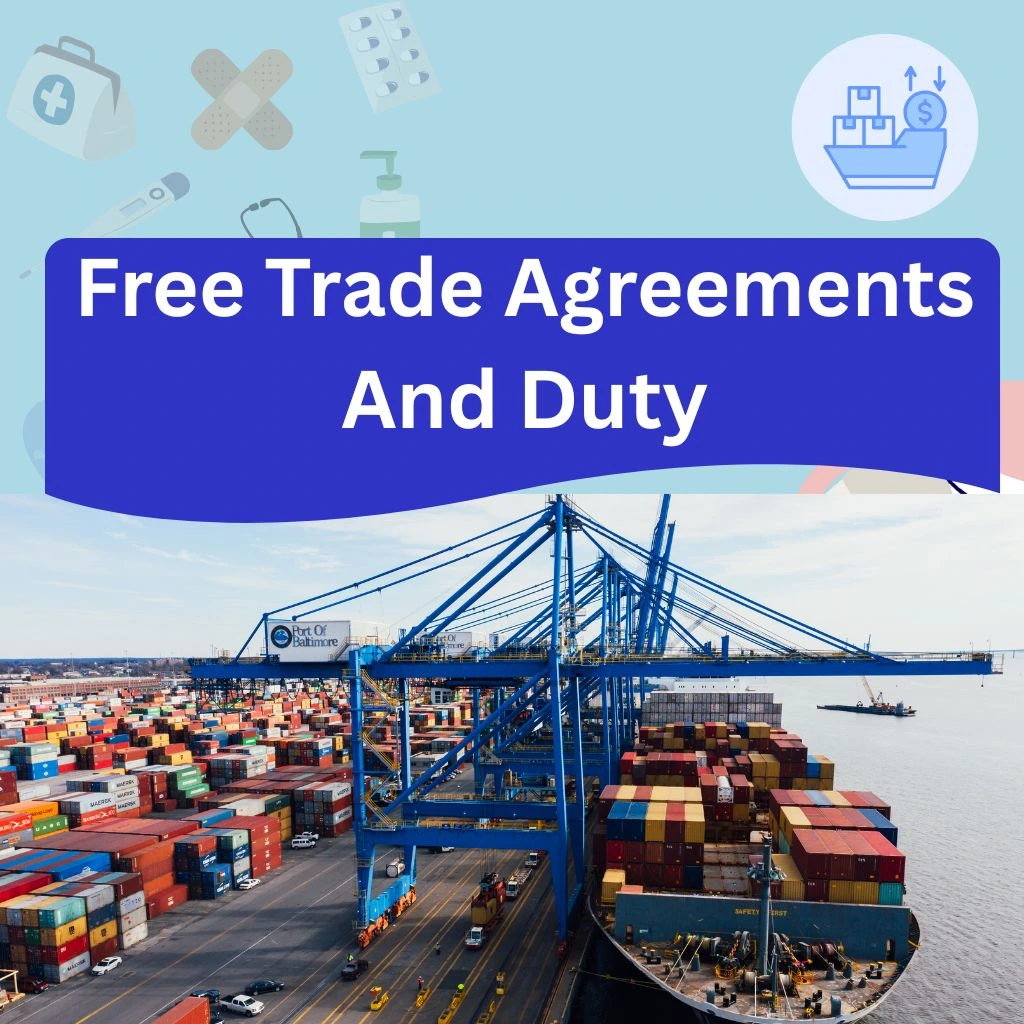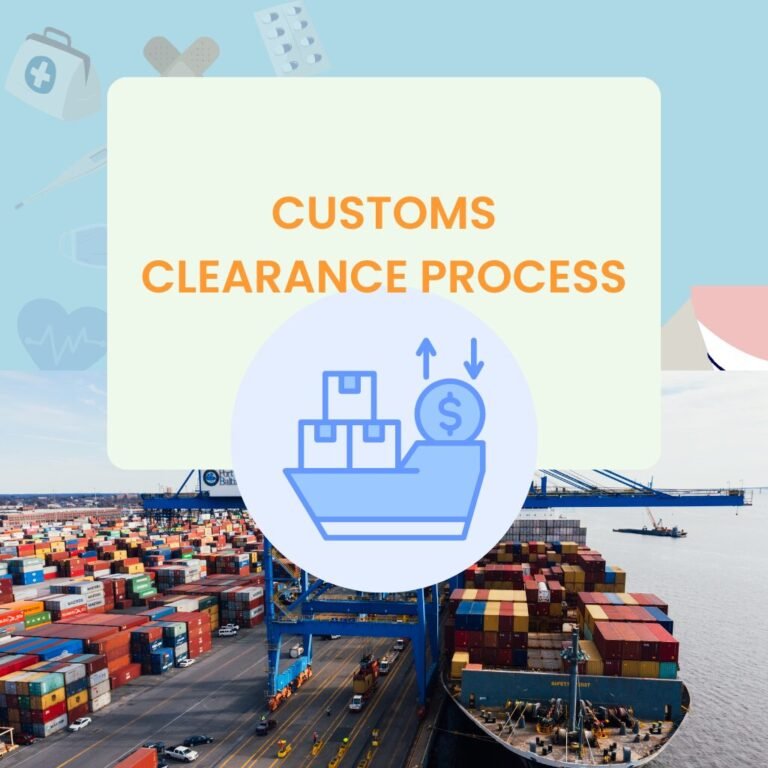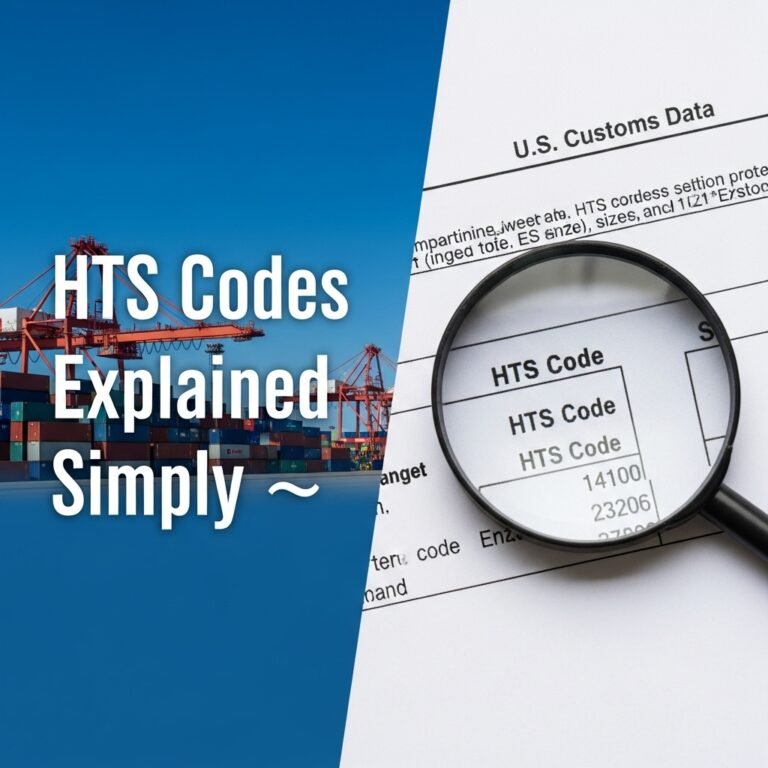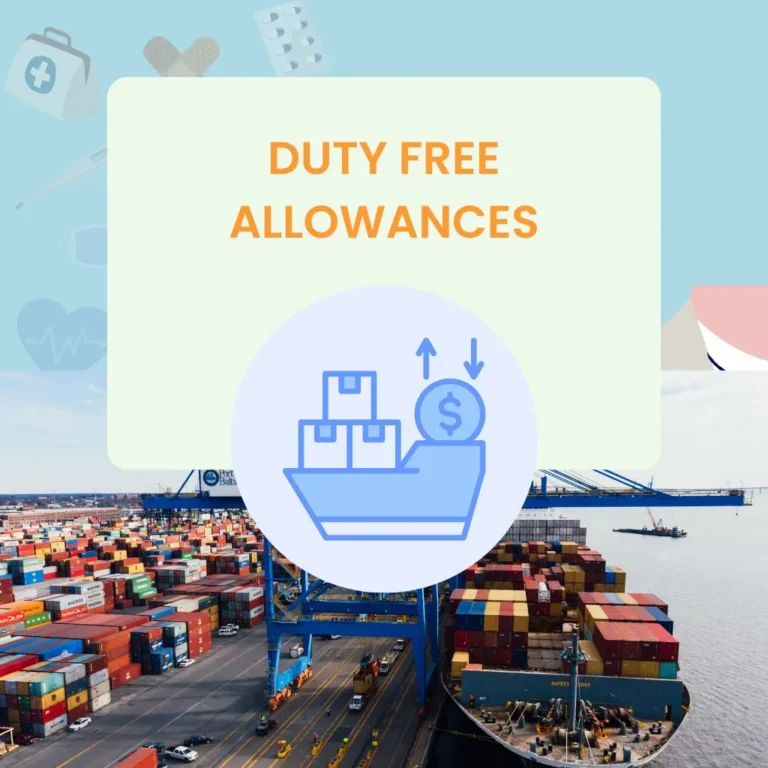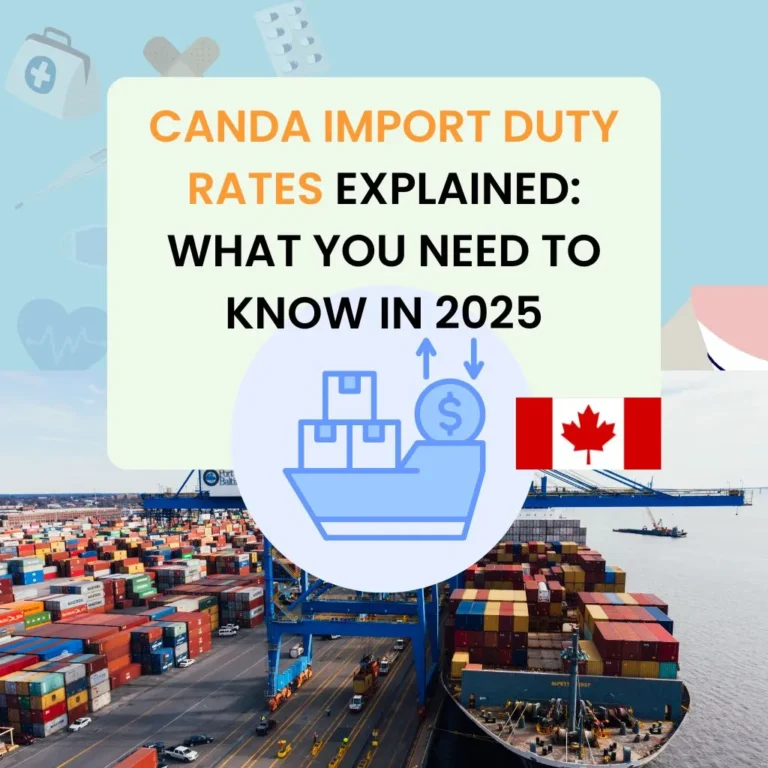Free Trade Agreements And Duty
Free Trade Agreements (FTAs) are international treaties that reduce or eliminate import duties, tariffs, and trade barriers between member countries. They work by granting “preferential tariff treatment” to goods that meet specific Rules of Origin (ROO), allowing importers to access reduced or zero-duty rates. Modern FTAs cover goods, services, intellectual property, and digital trade.
For businesses, understanding duty eligibility, origin documentation, and compliance is essential for maximizing savings, avoiding penalties, and optimizing supply-chain strategies under global and U.S. trade agreements.
TOC
Table of Contents
What Are Free Trade Agreements (FTAs
Free Trade Agreements are formal arrangements between two or more countries designed to make cross-border trade easier, faster, and less costly. Their core purpose is to eliminate or reduce tariffs on originating goods, remove discriminatory barriers, and create predictable market conditions for exporters and importers. By offering duty-free or reduced-duty access, FTAs encourage investment, streamline supply chains, and enhance economic competitiveness across member economies. They also support exporters by improving access to foreign markets through more transparent rules and standardized customs procedures.
How FTAs Differ From Other Trade Arrangements (Preferential, Customs Unions, etc)
FTAs differ from other economic arrangements primarily in scope and freedom. A preferential trade agreement offers limited tariff reductions without fully eliminating duties. A customs union goes further by adopting a common external tariff for all non-members, which FTAs do not require. Meanwhile, common markets and economic unions involve deeper integration, allowing the free movement of labor, capital, and sometimes harmonized fiscal policy. FTAs sit in the middle: they liberalize trade while letting each country maintain its own external tariff structure.
Key Features of Modern FTAs (tariff cuts, non-tariff barriers, services, IP)
Today’s FTAs go far beyond traditional tariff removal. They include disciplines on services, e-commerce, digital trade, intellectual property, investment, government procurement, and non-tariff barriers such as licensing rules or technical standards. Many modern agreements also incorporate labor and environmental provisions. For importers, tariff elimination is still the most direct benefit—especially when the agreement includes clear ROO pathways, streamlined certification, and accumulation rules that improve flexibility in sourcing materials from member nations.
Duties, Tariffs & Import Taxes in the FTA Context
What is an Import Duty / Tariff?
An import duty is a tax applied to goods entering a country. Tariffs can be ad valorem (percentage-based), specific (per unit), or compound. In the U.S., most imported goods receive a standard rate known as the MFN (Most-Favoured Nation) tariff. The duty owed is calculated based on the Harmonized System (HS) classification, customs value, and applicable regulations. Duties influence product cost, supply-chain decisions, and pricing strategies for distributors, wholesalers, and retailers.
How FTAs Influence Duty Rates (zero or reduced tariffs)
FTAs override general MFN rates when a product qualifies as “originating” within the agreement. This allows importers to access preferential duty rates—often zero. Duty savings can significantly reduce landed costs, making FTA-qualifying sourcing strategies highly attractive. In some agreements, tariff reductions are phased in, while others implement immediate elimination on entry into force. Certain sensitive sectors may retain partial tariffs or quotas, but the overall goal is to lower import-related expenses.
When Duty Savings Apply: Preferential-Tariff Mechanism
Duty savings apply only when the importer claims preferential treatment at entry and provides proof of origin according to the agreement’s requirements. This may involve a Certificate of Origin, self-certification, or an electronic attestation depending on the FTA. If preferences are missed at entry, many FTAs allow post-importation claims through a one-year window. When applied correctly, preferential tariffs can zero-out MFN duties and eliminate the Merchandise Processing Fee (MPF) in certain scenarios, improving total landed-cost efficiency.
Rules of Origin (ROO) and Eligibility for Preferential Duties
Rules of Origin ensure that only goods genuinely produced within FTA territories receive preferential tariff treatment. Without ROO, duty-free access could be abused by simply transshipping non-member goods through an FTA country. Origin verification maintains the integrity of the agreement, ensuring duty benefits support participating economies. Customs agencies rely on ROO compliance to determine eligibility and to prevent fraud, misclassification, or incorrect claims during audits.
Typical Origin Criteria (wholly-obtained, value-content, tariff shift)
ROO typically include three primary methods of qualification:
- Wholly obtained
Applied to goods grown, harvested, mined, or entirely produced within one member country. - Tariff shift
Requires non-originating inputs to undergo a specified change in HS tariff classification after production—often used in manufactured goods. - Regional Value Content (RVC)
Requires that a certain percentage of the final product’s value be generated within the FTA region. Automotive and industrial sectors frequently apply RVC thresholds.
Some agreements also permit accumulation, allowing producers to count materials from multiple partner countries toward origin qualification.
Certification, Documentation & Compliance Requirements
Importers must maintain documentation demonstrating that the goods meet ROO requirements. This includes supplier declarations, costed bills of materials, HS classification evidence, and Certificates of Origin. U.S. Customs and Border Protection (CBP) may request additional information or perform audits. Errors—such as incorrect HS codes, misapplied RVC formulas, or missing records—can lead to denied claims, duty repayment, or penalties. Clear record-keeping and structured origin compliance programs are therefore essential.
Major US Free Trade Agreements & Their Duty Impacts
The United States maintains multiple FTAs with countries across North America, Central America, the Middle East, and the Asia-Pacific. These agreements grant duty-free or reduced-duty access to a wide range of consumer goods, industrial materials, and agricultural products. Each FTA includes unique ROO frameworks, tariff schedules, and compliance rules. Many U.S. FTAs also integrate services, IP protections, and digital-trade provisions that facilitate broader market access for U.S. exporters.
Case Study: US–Mexico–Canada Agreement (USMCA) duty savings example
USMCA replaced NAFTA and modernized North American trade. It introduced stronger origin rules for automotive goods, including steel, aluminum, and Labor Value Content requirements, while maintaining duty-free treatment for most originating goods. For example, an auto component that meets the required RVC and tariff-shift rules can enter the U.S. at zero duty instead of paying MFN rates. Businesses must also correctly apply the Special Program Indicator (SPI) to secure duty savings.
Case Study: Other FTAs (e.g., Korea-US, CAFTA-DR) and duty treatment
The Korea-U.S. Free Trade Agreement (KORUS) provides broad tariff elimination across industrial and consumer sectors, while CAFTA-DR supports duty-free access for a wide range of apparel, agricultural goods, and manufactured items. Each FTA has its own origin rules—for example, CAFTA-DR often uses “yarn-forward” rules for textiles. Importers that understand these distinctions can structure sourcing decisions to maximize preferential duty savings and improve landed-cost competitiveness across markets.
Global Perspective: FTAs, Duty-Free Access & Importers’ Strategies
Global trade blocs—including the European Union, ASEAN, Mercosur, and the African Continental Free Trade Area—offer diverse tariff elimination models. Some implement full customs unions with common external tariffs, while others rely on phased reductions or sector-specific liberalization. These agreements can dramatically reshape regional supply chains by reducing duties on originating goods and creating favorable market conditions for member countries.
How Importers & Exporters Use FTAs to Minimize Duty Burden
Businesses leverage FTAs to reduce landed cost, improve pricing, and enhance competitive positioning. Common strategies include shifting production to FTA countries, re-engineering products to meet origin rules, and using accumulation provisions to qualify inputs from multiple member states. Many importers also conduct tariff-planning exercises, comparing MFN duties against FTA-eligible rates to determine sourcing viability.
Duty Calculator Tools & Best Practices for Compliance
Duty calculator tools, tariff databases, and automated trade-compliance systems help importers estimate duty exposure and assess FTA opportunities. Best practices include accurate HS classification, supplier origin verification, internal audits, and record-keeping that aligns with regulatory requirements. Companies may also rely on customs brokerage services, freight forwarders, and trade consultants to maintain compliance and prevent costly errors.
Challenges, Risks & Compliance Issues
Even under an FTA, duties may still apply if a product fails ROO requirements, exceeds quota limits, or falls under safeguard measures. Some agreements include transitional protections for sensitive industries where tariff elimination is not immediate. Non-originating materials that do not meet tariff-shift or RVC criteria can also disqualify a product from preferential treatment.
Documentation Errors, Record-keeping & Audit Risks
Documentation issues are among the most common reasons duty-savings claims are rejected. Incorrect HS codes, incomplete origin certificates, missing supplier declarations, or miscalculated RVC percentages can trigger compliance risks. CBP and foreign customs authorities regularly conduct audits, and failure to substantiate origin may lead to penalties, repayment of duties, or loss of preferential treatment privileges.
Policy Changes, Trade Remedies & Tariff Reversals
Trade policies evolve, and governments may impose trade remedies such as anti-dumping duties, countervailing duties, or safeguard tariffs. These measures operate independently of FTA preferences and can override preferential rates. Businesses must monitor regulatory developments closely—especially in sectors with frequent policy shifts such as steel, aluminum, solar products, and textiles.
Future Trends & Strategic Considerations
Countries around the world are negotiating new FTAs focused on digital trade, environmental sustainability, and streamlined customs procedures. Many emerging agreements aim for “near-total” tariff elimination across sectors, creating more opportunities for companies to benefit from preferential trade. Expanding global networks are expected to increase duty-free access and encourage diversified sourcing.
Digital Trade, Services & Non-Tariff Provisions in New FTAs
Modern FTAs emphasize digital-trade frameworks designed to support e-commerce, cross-border data flows, cloud services, and fintech. They also improve transparency for licensing, technical standards, and regulatory processes. These non-tariff provisions help companies operate more efficiently across borders while reducing administrative burdens and compliance uncertainty.
How Businesses Should Prepare: Supply-Chain, Tariff Planning, Origin Strategy
Companies should develop forward-looking tariff-planning models that evaluate MFN versus preferential rates, assess the feasibility of meeting ROO, and identify opportunities for regional value accumulation. Supply-chain mapping, origin strategy reviews, and proactive documentation management help ensure ongoing compliance. Importers that invest in digital record-keeping and automated origin-verification tools will be best positioned for future regulatory environments.
Conclusion
FTAs provide powerful opportunities to reduce import duties, improve market access, and support competitive pricing. Proper application of ROO, accurate classification, and strong compliance systems are essential for securing preferential tariff treatment. With global trade evolving rapidly, businesses that integrate FTA planning into their sourcing, production, and logistics strategies can achieve substantial savings and improved supply-chain performance.
Action Steps for Businesses (importers/exporters)
– Classify products accurately using HS codes
– Assess FTA eligibility based on ROO criteria
– Collect supplier declarations and supporting documents
– Use duty calculators to compare MFN and FTA duty scenarios
– Train staff on origin compliance and post-importation claims
– Conduct periodic trade-compliance audits
Additional Resources & Tools
– Official tariff databases
– CBP guidance materials
– FTA text and ROO appendices
– Trade-compliance software platforms
– Customs brokerage and freight-forwarding services
FAQs
What does “preferential tariff rate” mean under a free trade agreement?
It refers to a reduced or zero-duty rate available only to goods that qualify as originating under the FTA’s ROO.
How do I know if my product qualifies for duty-free entry under an FTA?
Check its HS classification, determine the applicable ROO requirement, and gather supplier documentation to validate origin.
What are the most common reasons why duty savings under an FTA are rejected?
Incorrect HS codes, missing origin certificates, miscalculated RVC, and inadequate documentation.
Can I claim duty savings after importation if I missed the preferential treatment initially?
Yes. Many FTAs allow post-importation claims within a defined timeframe, often one year.
How can a small business evaluate whether an FTA is beneficial for their imports?
Use duty-calculator tools, compare MFN versus FTA rates, and assess whether ROO requirements can be met.
Will future trade agreements eliminate all import duties globally?
Unlikely in the near term, but more agreements aim to remove most tariffs, especially for industrial and digital-trade sectors.


